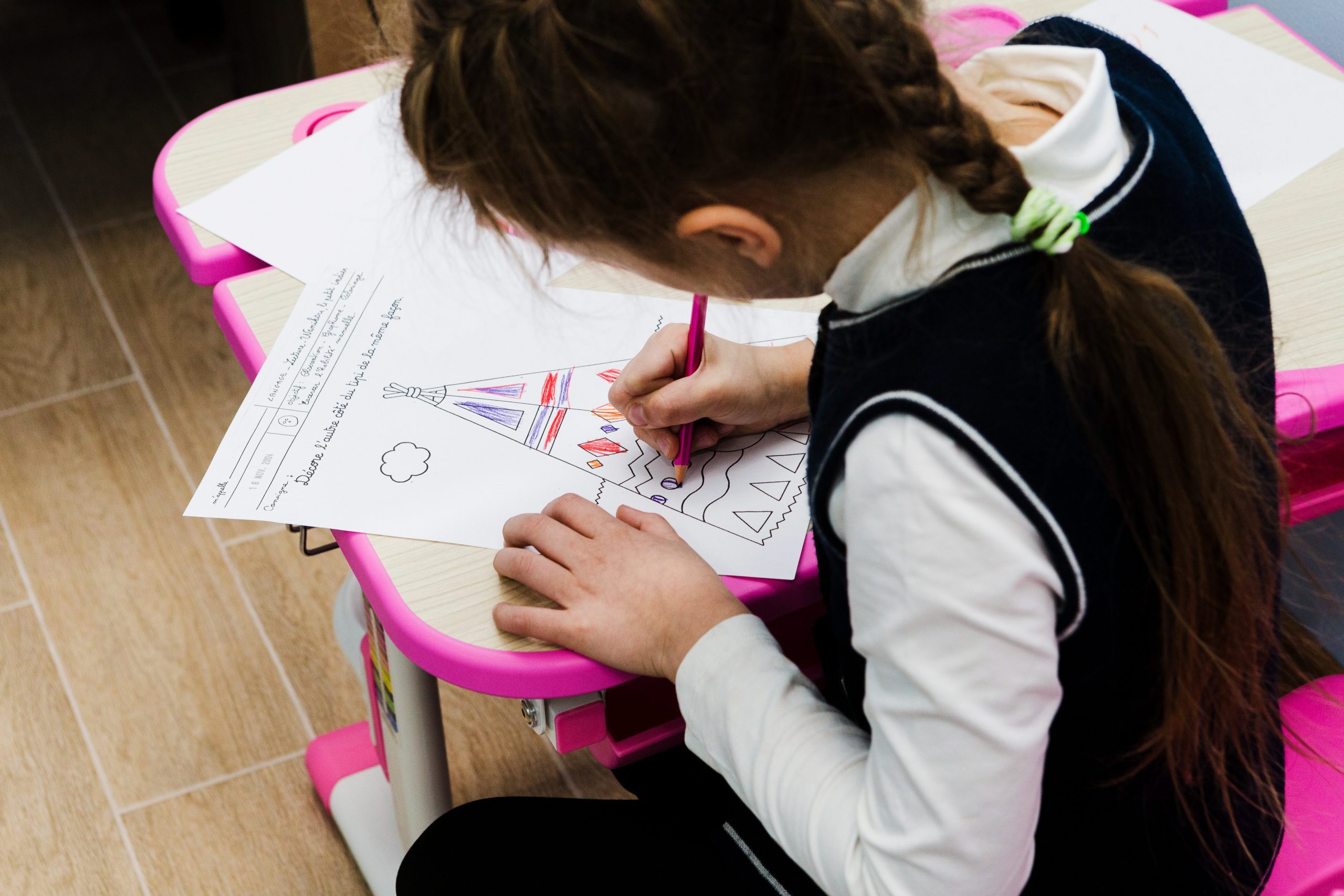
Creating a Pre-K Newsletter: Achieving Learning Objectives
As a pre-K teacher, your goal is to ensure that your students receive the best possible education to prepare them for their future academic pursuits. A Pre-K newsletter serves as a powerful tool for communicating with parents and guardians about classroom activities and learning objectives. In this article, we will explore the significance of creating a Pre-K newsletter and provide tips for designing an effective one.
The Importance of a Pre-K Newsletter
A Pre-K newsletter facilitates communication with parents and guardians, providing updates on academic progress, important dates, and events. By enhancing communication, it strengthens parent-teacher relationships and ensures alignment on learning objectives.
Tips for Creating a Pre-K Newsletter
-
Establish Clear Learning Objectives
Begin by defining specific, measurable, and attainable learning objectives that align with preschoolers’ developmental needs.
-
Choose a Newsletter Format
Consider parents’ preferences for receiving newsletters, whether through a physical copy, email, or digital platform. Ensure readability and visual appeal.
-
Include Engaging Content
Incorporate diverse content such as photographs, stories, and updates on classroom activities to maintain interest and relevance.
-
Provide Resources for Parents
Share educational resources and tips to support children’s development at home, fostering collaboration between parents and educators.
-
Personalize Your Newsletter
Address recipients by name and highlight individual achievements to foster a sense of connection and motivation.
-
Maintain Consistency
Adhere to a regular schedule for newsletter distribution, maintaining consistency in format and content presentation.
Establishing Clear Learning Objectives
Define age-appropriate learning objectives, ensuring they are specific, measurable, and relevant to preschoolers’ developmental stage.
Choosing an Appropriate Format
Select a format that suits parents’ preferences and effectively conveys essential information about classroom activities and learning goals.
Including Engaging Content
Enrich the newsletter with captivating content such as project highlights, parenting tips, and event updates to sustain reader interest.
Providing Resources for Parents
Equip parents with valuable resources and information to support their child’s learning journey beyond the classroom setting.
Conclusion
Creating an effective Pre-K newsletter requires careful planning and execution. By adhering to the outlined tips and strategies, you can develop a communication channel that fosters collaboration between educators, parents, and preschoolers, ultimately enhancing the educational experience.


